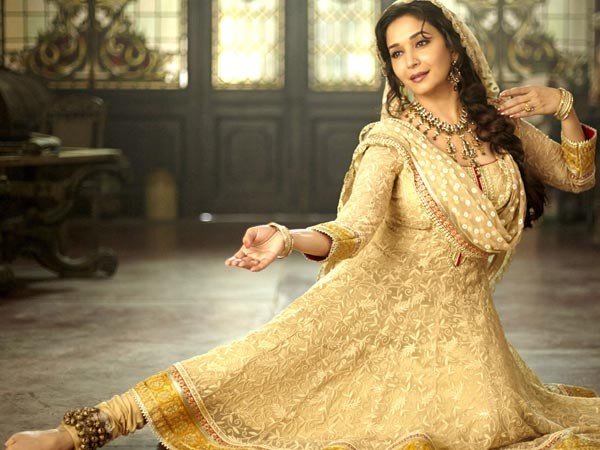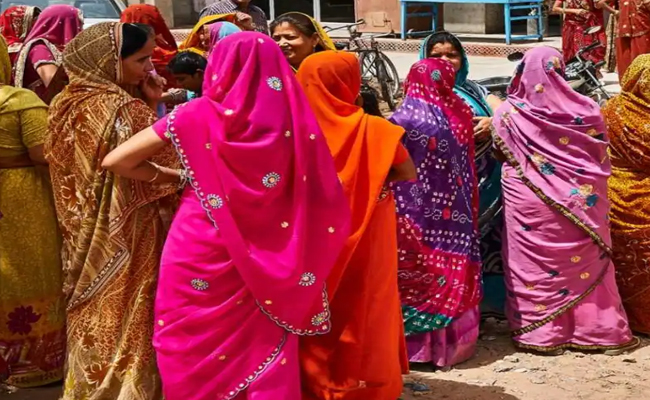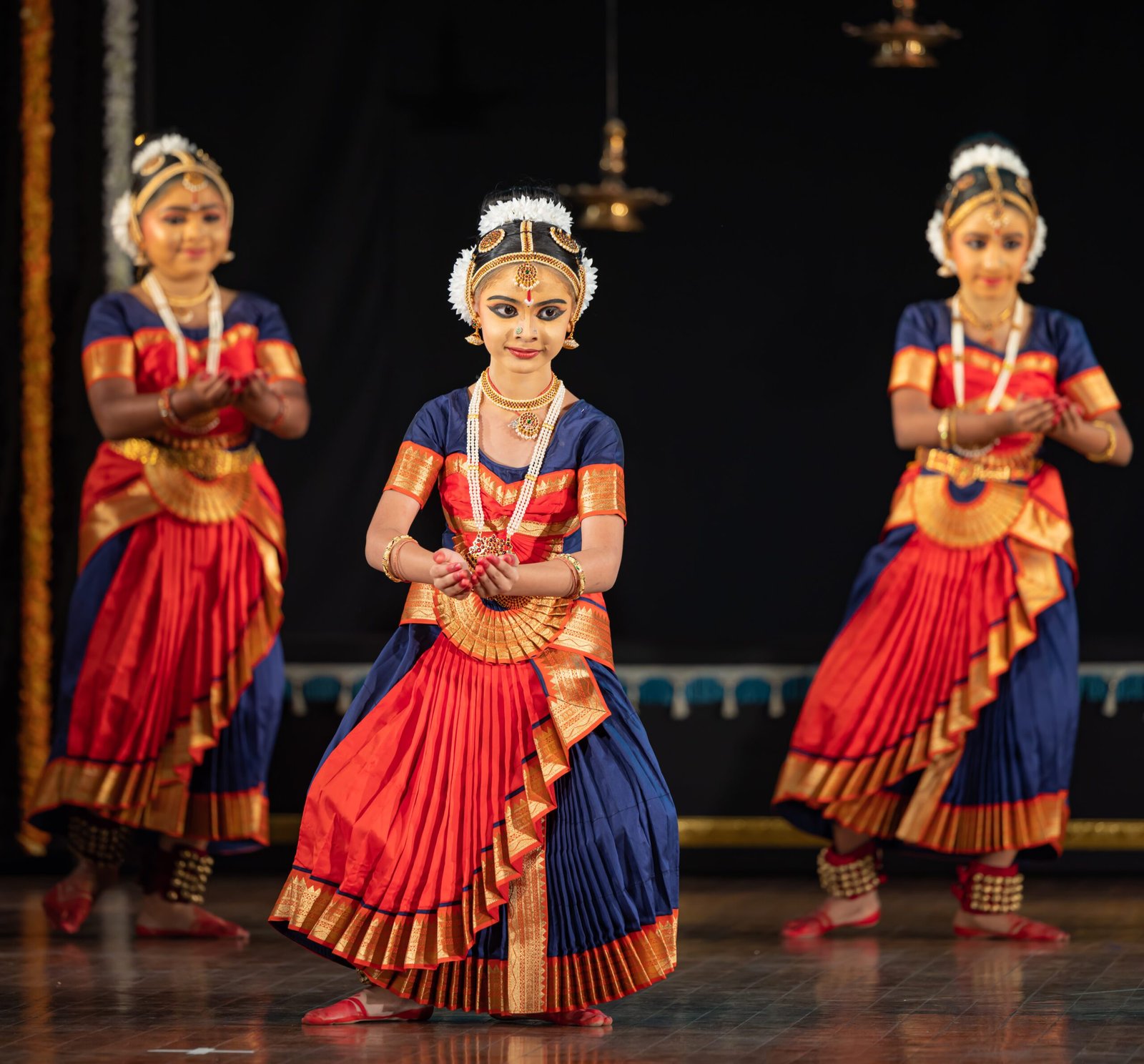Mujra Dance History in Northern India: Mujra is a traditional dance form that emerged in Northern India during the Mughal era. Mujra blended aspects of traditional Indian dance with Persian influences and was renowned for its grace, elegance, and compelling storytelling. While today it is often associated with entertainment, historically, the Mujra held an important place in cultural, social, and artistic life.
Origins of Mujra Dance
The roots of Mujra can be traced back to the 16th and 17th centuries, when the Mughal emperors encouraged art, music, and dance in their royal courts. It was performed by tawaifs (courtesans) who were highly skilled in poetry, singing, and classical dance forms like Kathak. These performances were not merely for entertainment but also for showcasing refined culture, etiquette, and artistry.
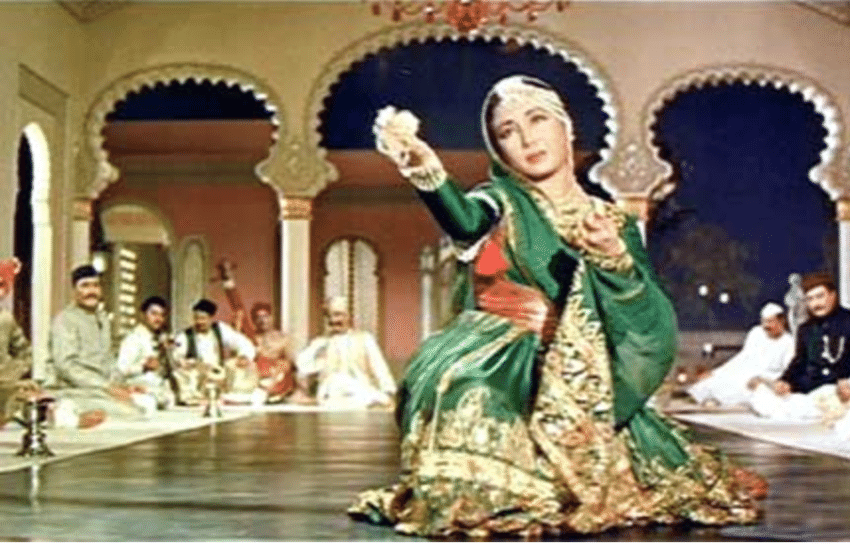
Mujra in Mughal Courts
During the reign of emperors such as Akbar and Shah Jahan, the Mujra reached its peak. Courtesans would perform Mujra in grand courts and private mehfils (gatherings) for nobles and aristocrats. The performances often revolved around themes of love, longing, and devotion, expressed through graceful hand movements, footwork, and soulful ghazals or thumris sung alongside.
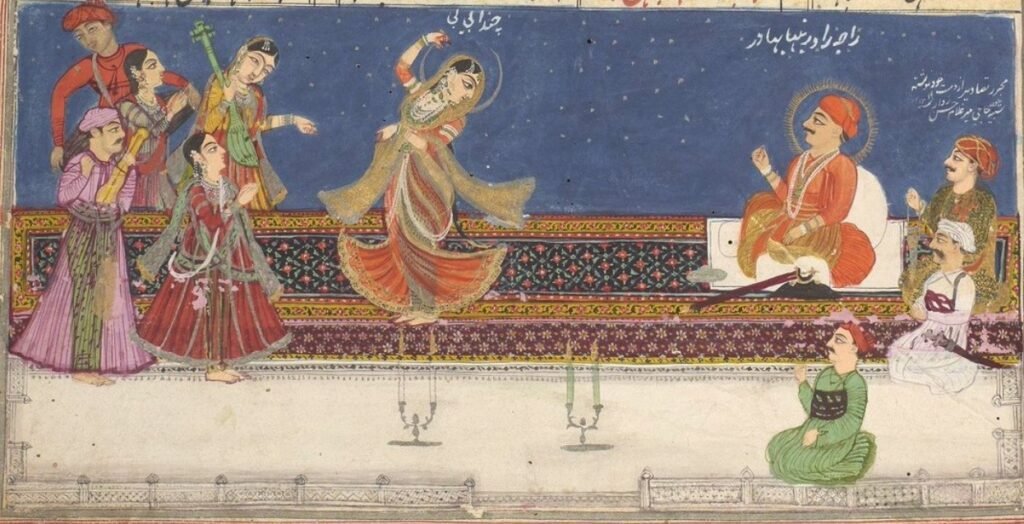
Transition in Society
As time passed, especially during the decline of the Mughal Empire, Mujra began to shift from royal courts to the kothas (traditional houses of courtesans). Here, it became more accessible to wealthy patrons, landlords, and traders. The dance retained its artistic roots but also began to carry connotations of seduction and pleasure. Despite this, many tawaifs maintained their status as respected artists and were instrumental in preserving North Indian classical music and dance traditions.
Colonial Influence and Decline
With the arrival of the British colonial period, Mujra saw a decline in prestige. Victorian morality and colonial policies undermined the role of tawaifs, often labeling them negatively. As a result, Mujra gradually lost its cultural standing and became more commercialized. By the 20th century, it was often portrayed in films as a form of sensual dance rather than an art of refinement.
The history of Mujra in Northern India reflects a fascinating journey—from being a refined cultural expression in Mughal courts to its transformation in kothas and eventual decline under colonial influence. Today, while Mujra may be remembered for its sensuality, its origins remind us of its deep connection to poetry, Kathak, and the artistic heritage of India. It remains a significant part of Northern India’s cultural history, blending elegance, tradition, and storytelling.
Basanta Utsav Holi in Shantiniketan
Nudity in Ancient Greek Art: Symbolism and Significance
![]()

